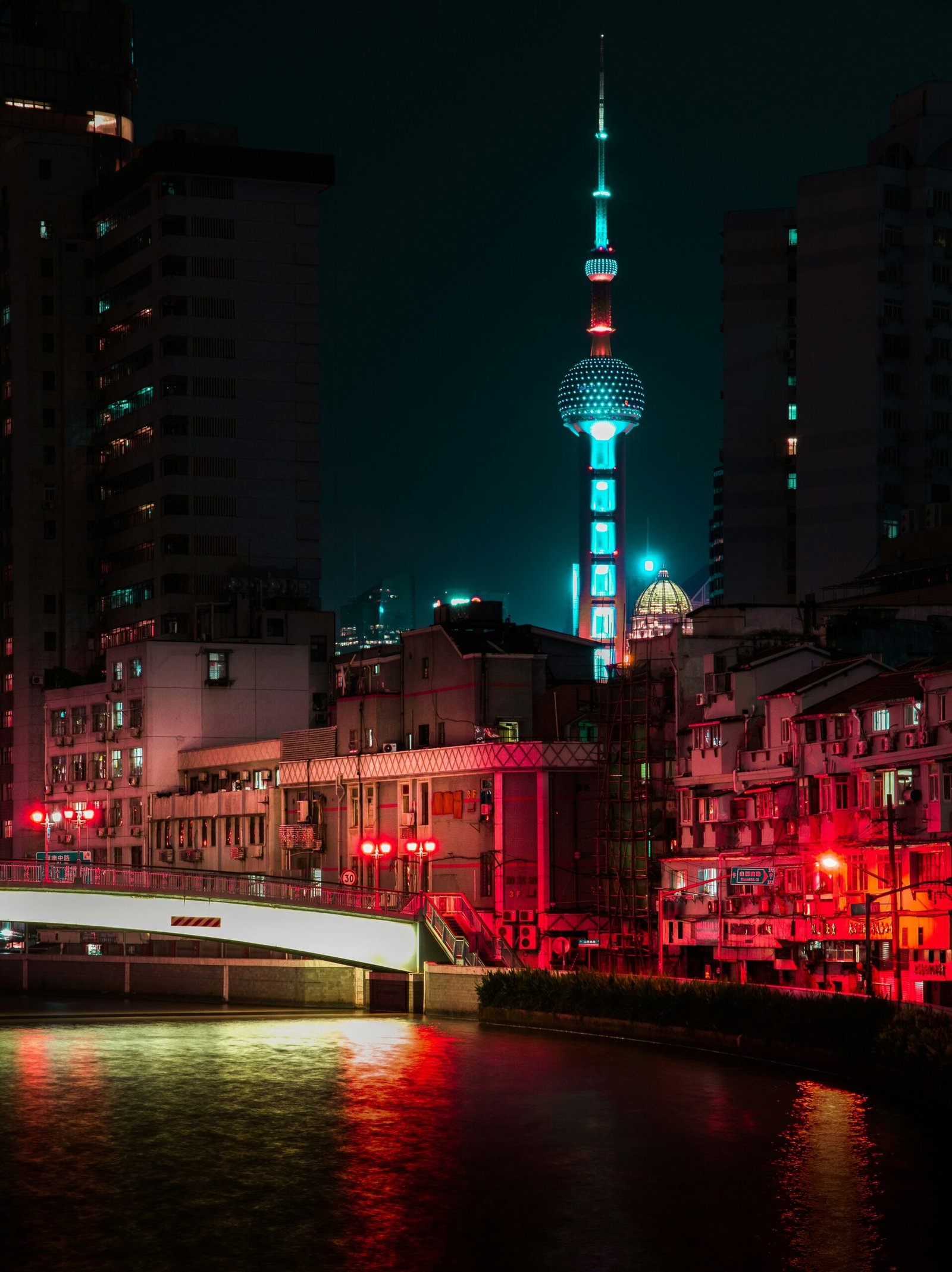
The history of Neuschwanstein Castle dates back to the 19th century when it was commissioned by King Ludwig II of Bavaria. Known as the “Mad King” or the “Fairy Tale King,” Ludwig II had a deep passion for art, music, and architecture. He envisioned Neuschwanstein Castle as a retreat where he could immerse himself in his love for the arts and escape the pressures of royal life.
Construction of the castle began in 1869 and took over 17 years to complete. Ludwig II spared no expense in creating his dream castle, employing the best architects, craftsmen, and artists of the time. The castle’s design was inspired by various architectural styles, including Romanesque and Gothic, giving it a unique and enchanting appearance.
However, tragedy struck before the castle’s completion. In 1886, King Ludwig II was declared mentally unfit to rule and was deposed from the throne. Just a few days later, he was found dead under mysterious circumstances in Lake Starnberg. Neuschwanstein Castle was never fully finished according to Ludwig II’s original plans, but it still stands as a testament to his grand vision and artistic sensibilities.
After the king’s death, Neuschwanstein Castle was opened to the public in 1886. It quickly gained popularity and became a symbol of Bavarian culture and heritage. Over the years, the castle has undergone various renovations and restorations to preserve its beauty and historical significance.
Today, Neuschwanstein Castle is not only a popular tourist attraction but also a UNESCO World Heritage Site. Its picturesque location, perched on a hilltop overlooking the Bavarian countryside, adds to its allure. Visitors can explore the castle’s opulent interiors, which are adorned with intricate woodcarvings, colorful murals, and luxurious furnishings.
With its fairy-tale-like appearance and fascinating history, Neuschwanstein Castle continues to inspire awe and wonder. It serves as a reminder of the enduring legacy of King Ludwig II and his passion for art and beauty. Whether you are a history enthusiast, an architecture lover, or simply someone seeking a magical experience, a visit to Neuschwanstein Castle is sure to leave a lasting impression.
Ludwig II’s vision for Neuschwanstein Castle was grand and ambitious. He wanted to create a masterpiece that would not only reflect his personal taste but also pay tribute to the romantic ideals of the Middle Ages. Inspired by the works of Richard Wagner, Ludwig II sought to bring to life the mythical and fantastical world depicted in Wagner’s operas.
The castle was designed to be a retreat for Ludwig II, a place where he could escape the pressures of his royal duties and immerse himself in the world of art and beauty. Every detail of Neuschwanstein Castle was carefully planned and executed, from the intricate woodwork to the stunning frescoes that adorned the walls.
One of the most remarkable features of the castle is its location. Perched high on a hill overlooking the picturesque Bavarian countryside, Neuschwanstein Castle offers breathtaking views of the surrounding landscape. Ludwig II specifically chose this location to create a sense of isolation and tranquility, allowing him to fully immerse himself in his creative pursuits.
The construction of Neuschwanstein Castle was a monumental undertaking. It required the expertise of skilled craftsmen from all over Europe, who worked tirelessly to bring Ludwig II’s vision to life. The castle was equipped with the latest technological advancements of the time, including central heating, running water, and even an elevator.
Unfortunately, Ludwig II’s dream of completing Neuschwanstein Castle was never realized. The construction came to a halt in 1886, following the king’s untimely death. Only a fraction of the castle was completed, leaving many of the rooms unfinished.
Despite its incomplete state, Neuschwanstein Castle remains a testament to Ludwig II’s passion for art and his unwavering commitment to his vision. Today, it stands as one of Germany’s most iconic landmarks, attracting millions of visitors from around the world who come to marvel at its beauty and immerse themselves in the world of Ludwig II’s imagination.
The Architecture and Design
Neuschwanstein Castle is a prime example of Romanesque Revival architecture, with its towering spires, intricate carvings, and ornate decorations. The castle’s design was heavily influenced by various medieval castles and palaces, including Wartburg Castle and Château de Pierrefonds.
The exterior of Neuschwanstein Castle is a sight to behold. Its towering spires reach towards the sky, creating a majestic silhouette against the backdrop of the Bavarian Alps. The intricate carvings that adorn the castle’s façade tell stories of knights, dragons, and mythical creatures, transporting visitors to a bygone era of chivalry and romance. The ornate decorations, such as the delicate tracery and the richly decorated gables, add a touch of grandeur to the castle’s overall design.
As visitors step inside Neuschwanstein Castle, they are greeted by a world of opulence and beauty. The interior of the castle is a testament to Ludwig II’s extravagant taste and his passion for the arts. The lavish halls, with their high ceilings and grand archways, create an atmosphere of regality and splendor. The grand staircases, adorned with intricate woodwork and ornate banisters, lead guests from one magnificent room to another.
The chambers of Neuschwanstein Castle are a feast for the eyes. Vibrant frescoes cover the walls and ceilings, depicting scenes from Wagner’s operas and various mythological tales. The attention to detail is astounding, with each brushstroke capturing the essence of the stories being told. The intricate woodwork, from the carved paneling to the elaborate furniture, showcases the craftsmanship of the artisans who worked on the castle.
Beautiful tapestries adorn the walls, adding warmth and texture to the rooms. These tapestries, carefully woven with threads of gold and silver, depict scenes from Ludwig II’s favorite legends and myths, further immersing visitors into the world of fantasy and imagination. Each room in Neuschwanstein Castle was meticulously designed to reflect Ludwig II’s love for art and his admiration for Wagner’s operas, creating a harmonious blend of architecture, design, and storytelling.
Neuschwanstein Castle’s legacy extends far beyond its physical presence and cultural significance. The castle has become a symbol of architectural excellence and has inspired countless other structures around the world. Its unique blend of Romanesque and Gothic styles, along with its picturesque location atop a hill, has influenced the design of numerous castles, palaces, and even theme parks.
One notable example is the Sleeping Beauty Castle in Disneyland, California. Walt Disney himself visited Neuschwanstein Castle in the 1950s and was captivated by its enchanting beauty. He drew inspiration from its fairy-tale appearance and incorporated similar elements into the design of Disneyland’s iconic castle. The result is a structure that embodies the magic and fantasy that Disney is known for.
Neuschwanstein Castle’s influence is not limited to the realm of architecture. Its rich history and romantic allure have also inspired countless works of literature and art. Writers and artists from around the world have been drawn to the castle’s mystique, using it as a backdrop for their stories and paintings.
One such example is the famous German composer Richard Wagner, who was a close friend of Ludwig II. Wagner’s operas, such as “Tristan und Isolde” and “Parsifal,” were heavily influenced by the romantic ideals embodied by Neuschwanstein Castle. The castle’s grandeur and the tragic fate of its builder served as a source of inspiration for Wagner’s epic tales of love and heroism.
Neuschwanstein Castle’s impact on popular culture cannot be overstated. Its image has been featured on postcards, stamps, and even on the German euro coins. The castle’s enduring popularity has also made it a sought-after destination for tourists from all over the world. Visitors flock to the castle not only to admire its breathtaking beauty but also to immerse themselves in its rich history and romantic atmosphere.
In conclusion, Neuschwanstein Castle’s legacy goes far beyond being a mere tourist attraction. Its influence can be seen in the architectural designs of other castles and palaces, as well as in the works of literature, art, and music. The castle’s fairy-tale appearance and its association with Ludwig II have made it an enduring symbol of Bavaria and Germany, captivating the imaginations of people around the world for generations to come.
Visiting Neuschwanstein Castle
For those planning a visit to Neuschwanstein Castle, there are a few things to keep in mind. The castle is located near the town of Füssen in Bavaria, and it is easily accessible by car or public transportation.
It is important to note that due to its popularity, the castle can get crowded, especially during peak tourist seasons. It is advisable to book tickets in advance and arrive early to avoid long queues.
Visitors can choose between guided tours or exploring the castle on their own. Guided tours provide a wealth of information about the history and architecture of the castle, while self-guided tours allow for a more leisurely experience.
During the guided tours, visitors will have the opportunity to learn about the eccentric King Ludwig II of Bavaria, who commissioned the castle in the 19th century. The knowledgeable guides will share fascinating stories about the king’s vision for the castle and its construction, as well as the inspiration behind its fairy-tale design.
For those who prefer to explore at their own pace, self-guided tours offer the freedom to linger in the castle’s opulent rooms and take in the intricate details of the decor. Visitors can marvel at the stunning murals, intricate woodwork, and lavish furnishings that adorn the interior of the castle.
After touring the castle, visitors can also explore the surrounding area, which offers breathtaking views of the Bavarian Alps and the picturesque Hohenschwangau Castle. There are several hiking trails that lead to stunning viewpoints where visitors can capture panoramic photos of the castle nestled amidst the mountains.
For those who want to extend their visit, there are also charming cafes and restaurants nearby where visitors can enjoy traditional Bavarian cuisine and soak in the idyllic atmosphere of the region.
Overall, a visit to Neuschwanstein Castle is a truly magical experience. Whether you choose a guided tour or explore on your own, the castle’s fairy-tale beauty and rich history will leave you in awe.



